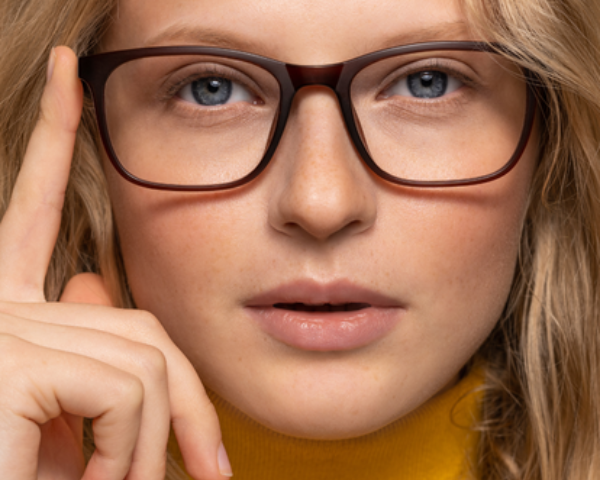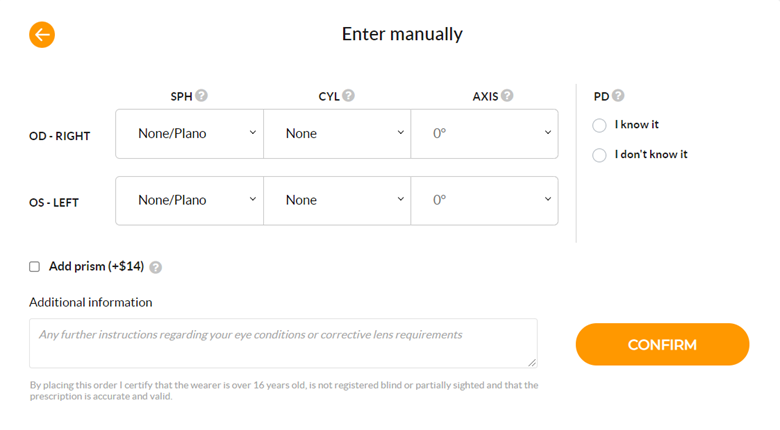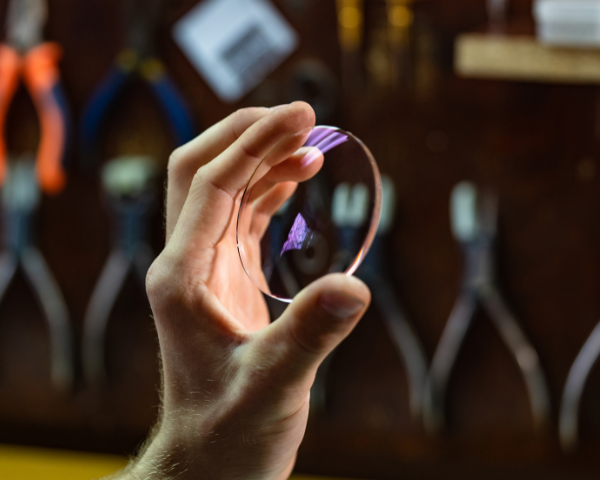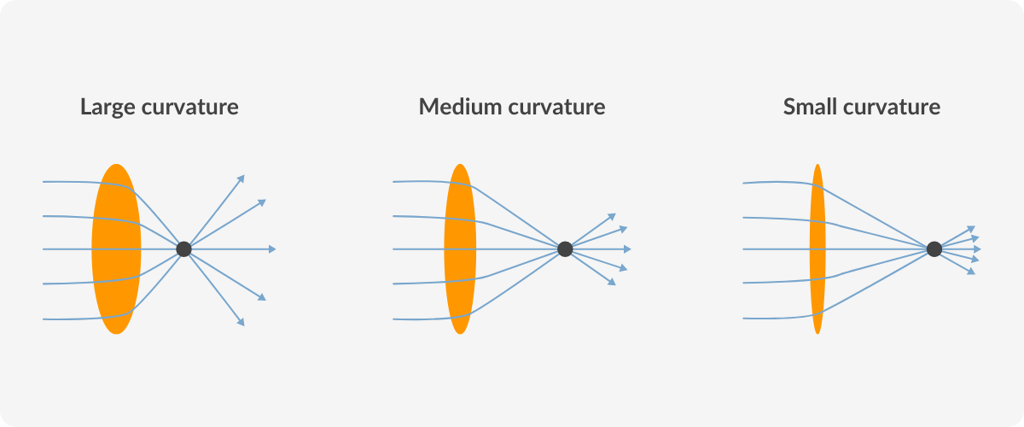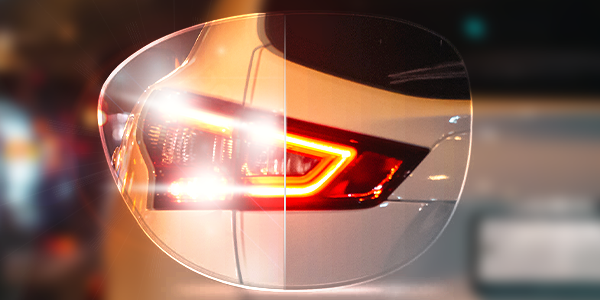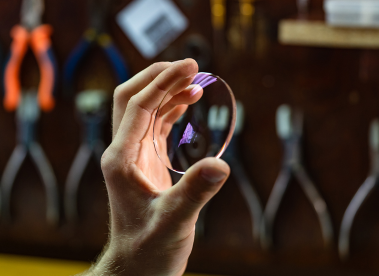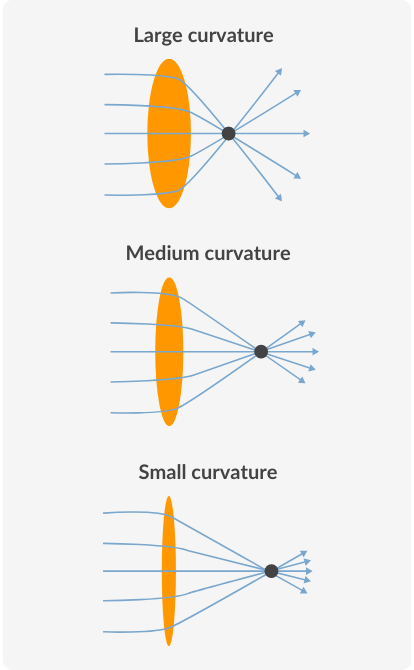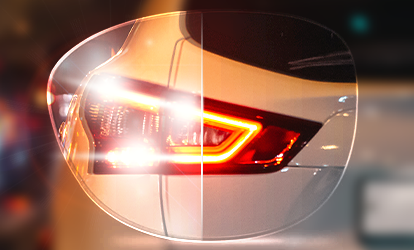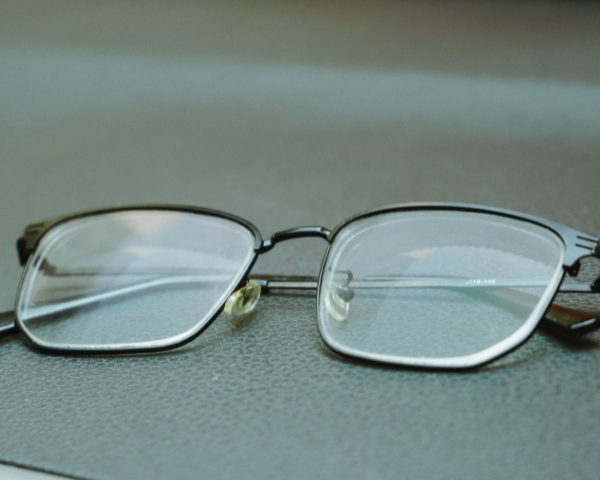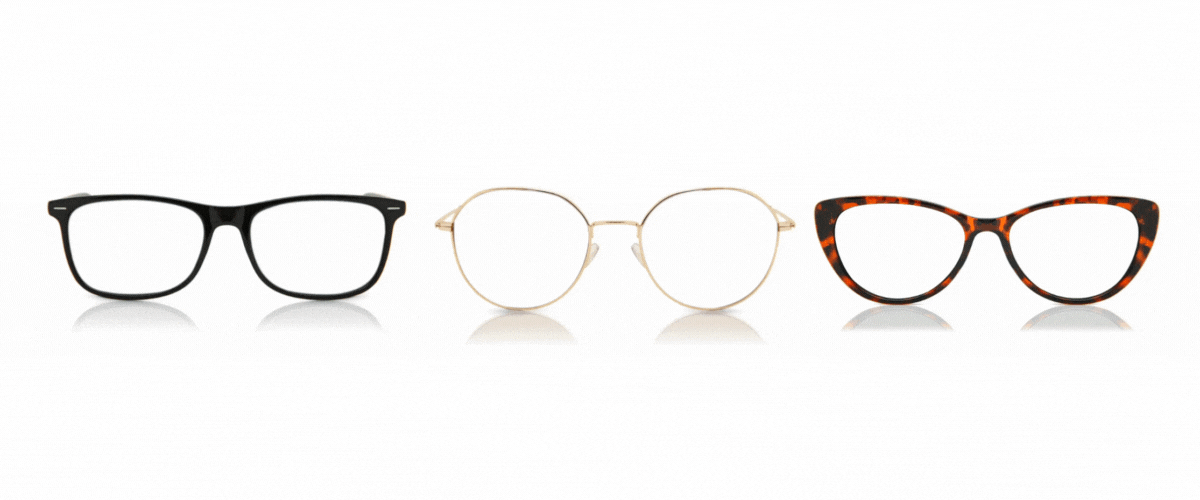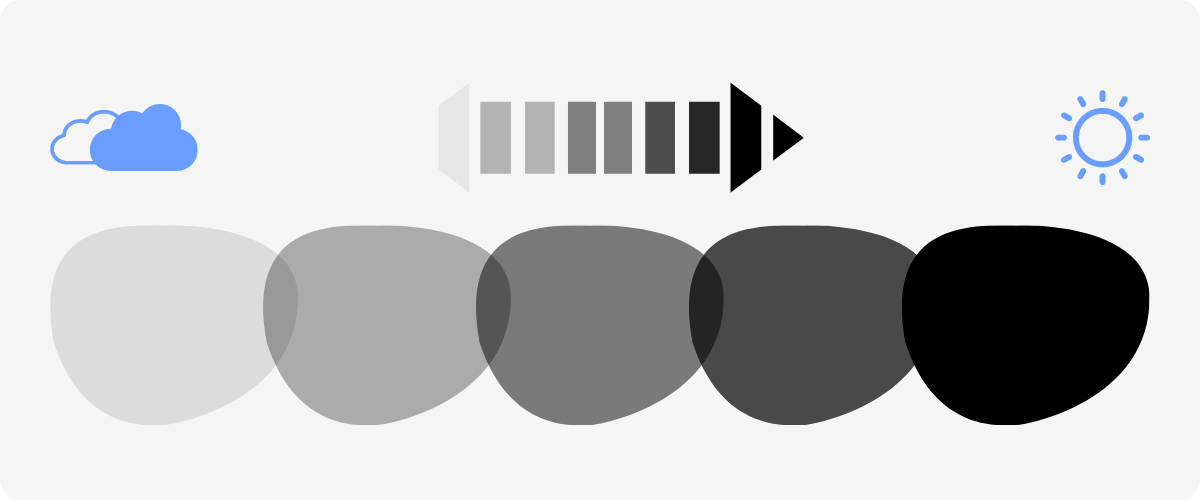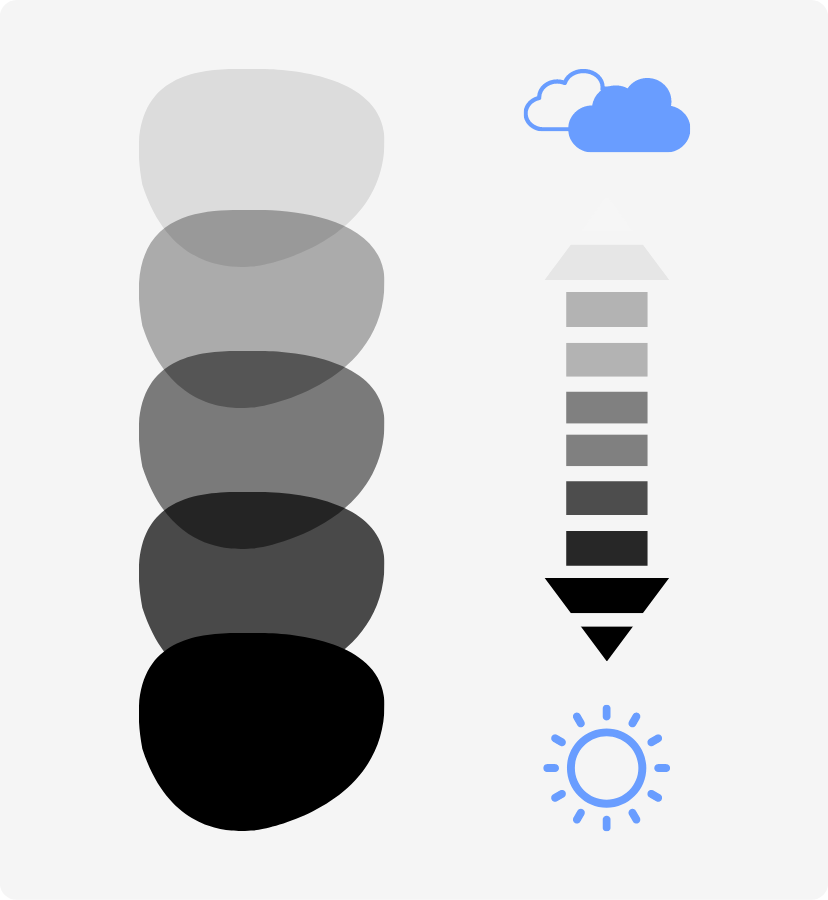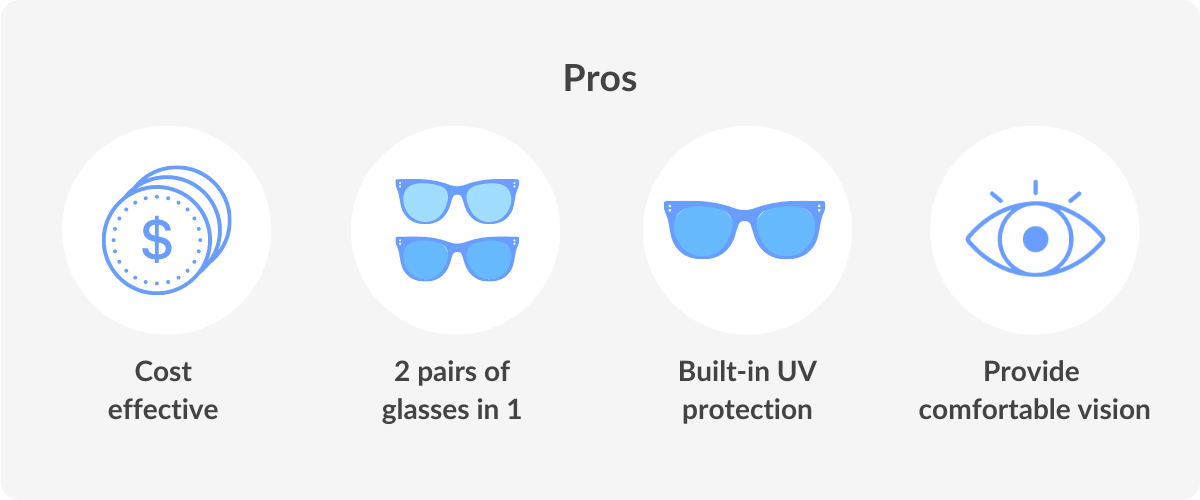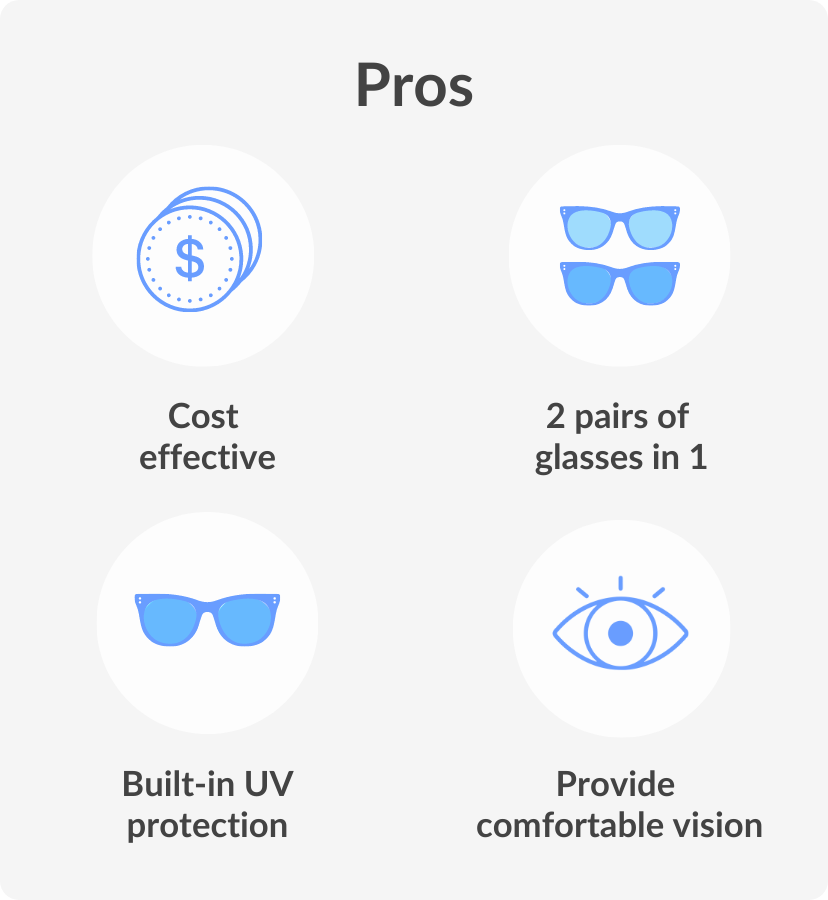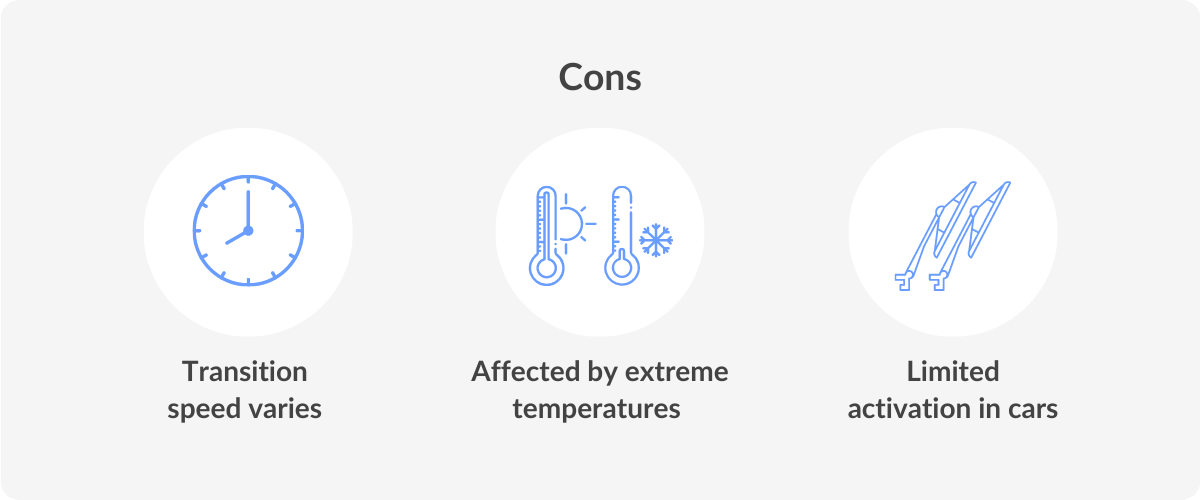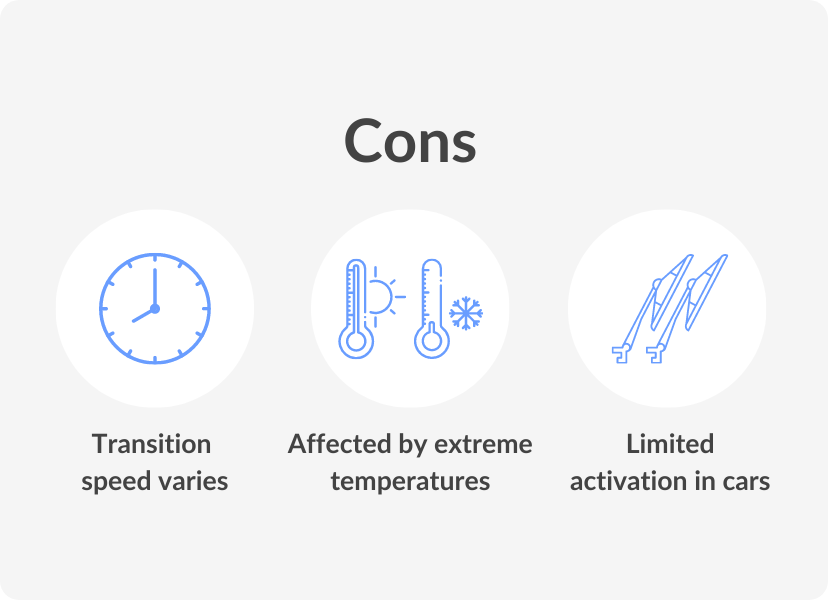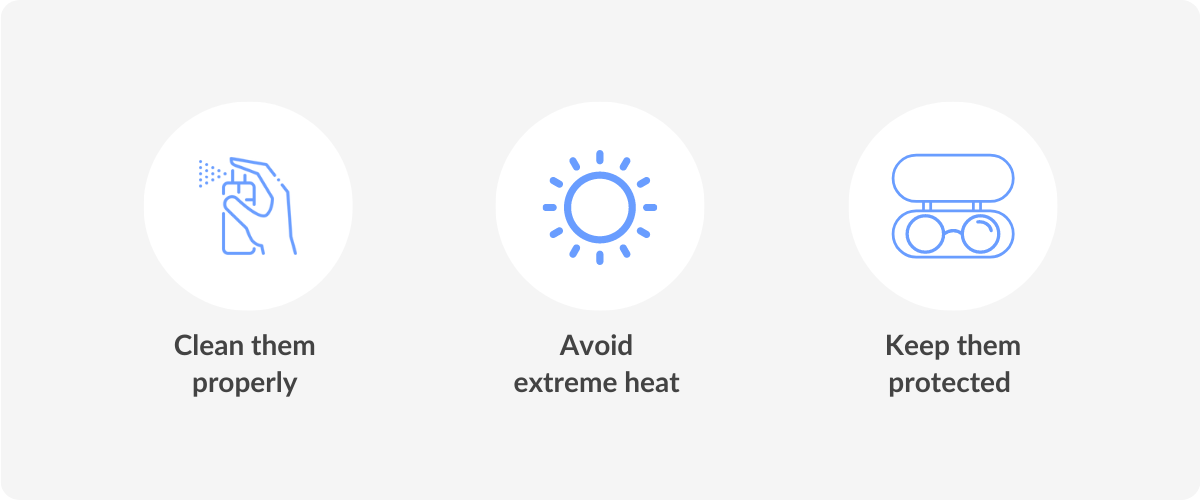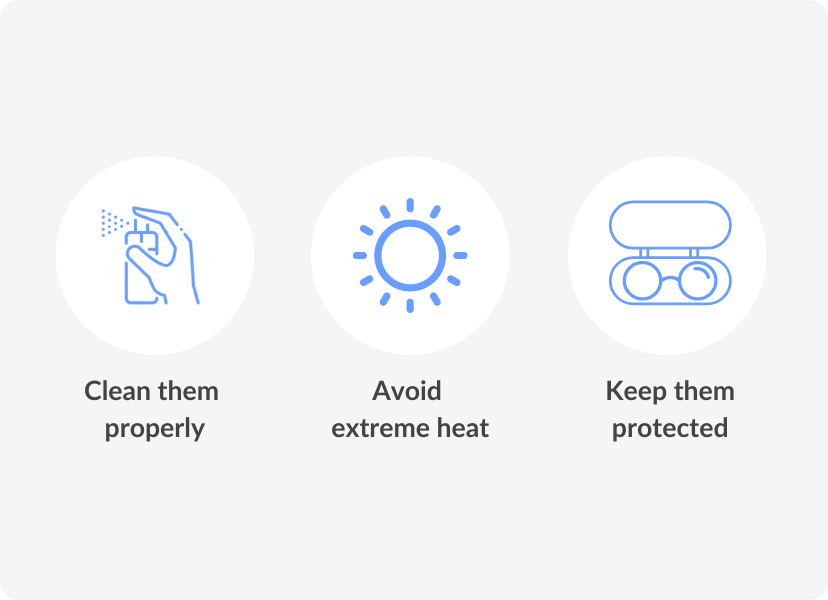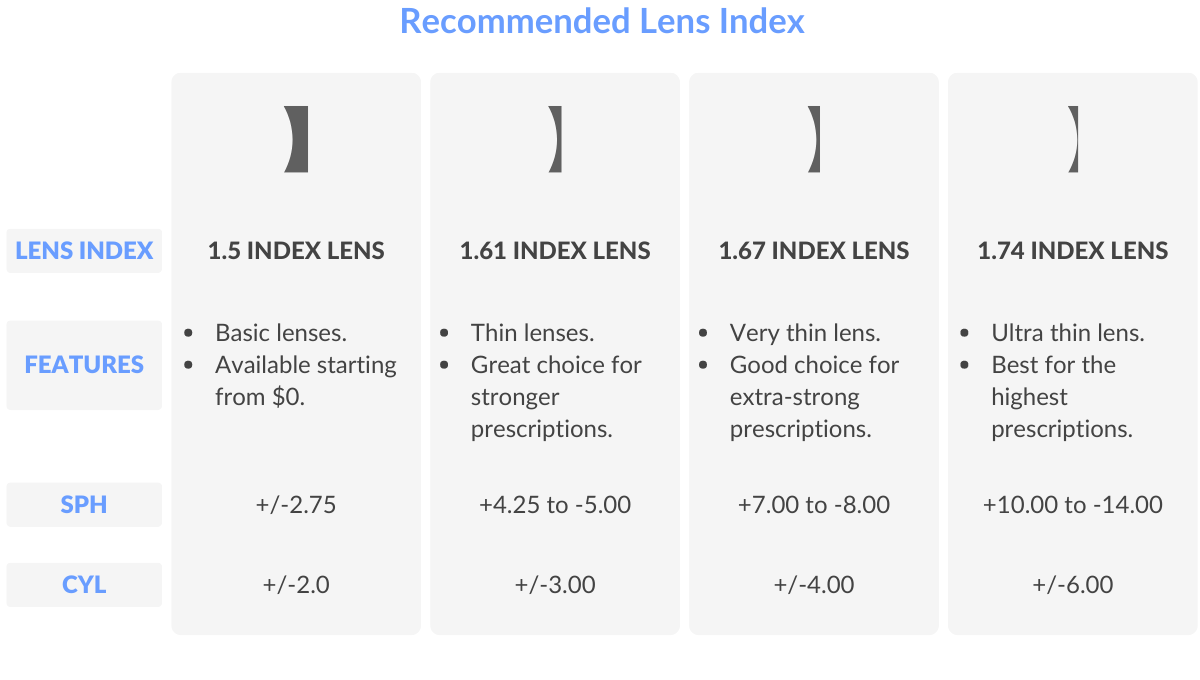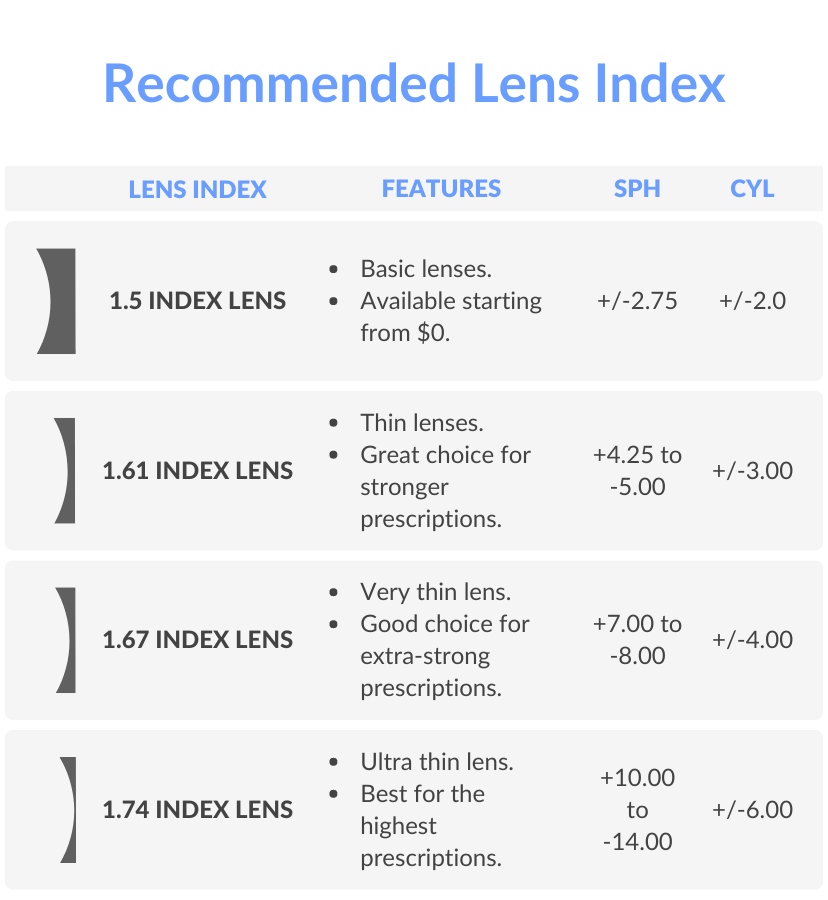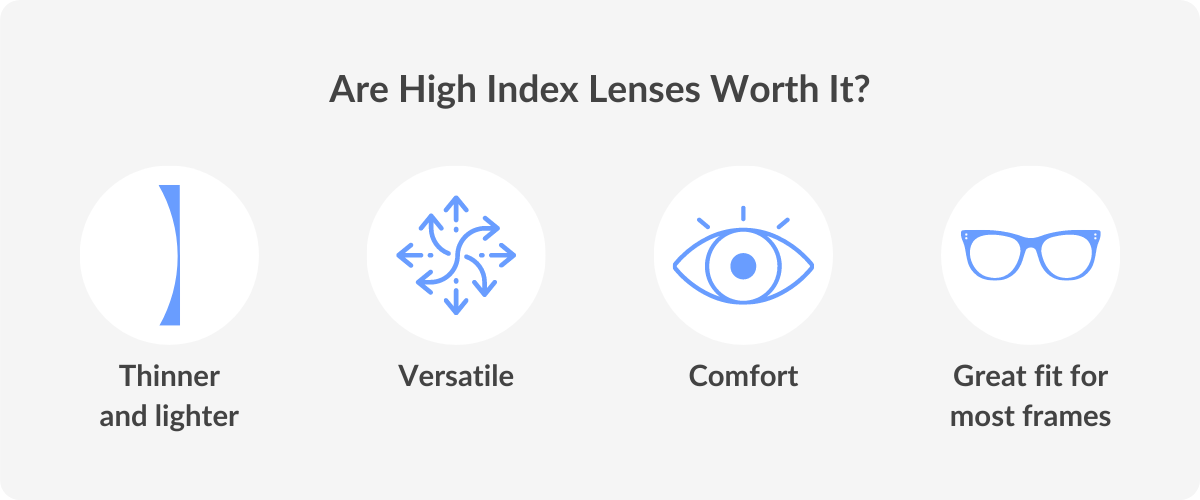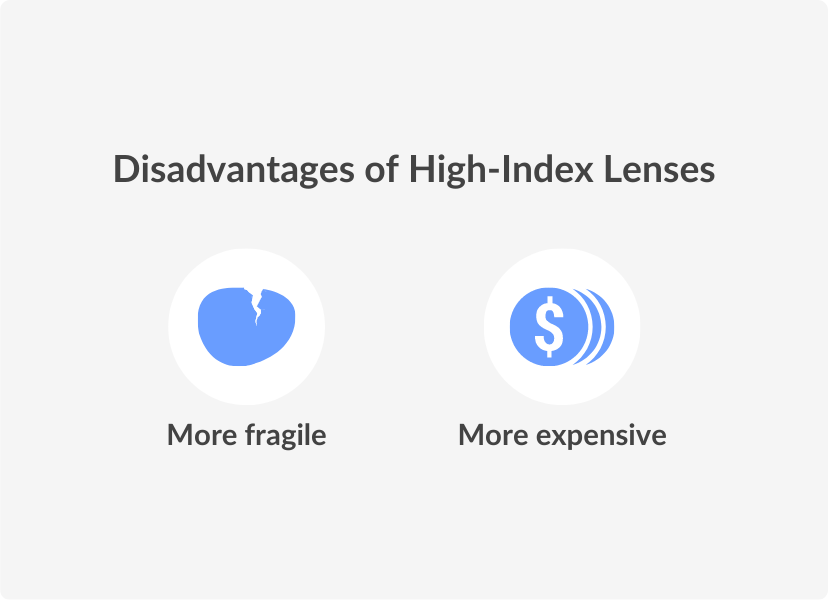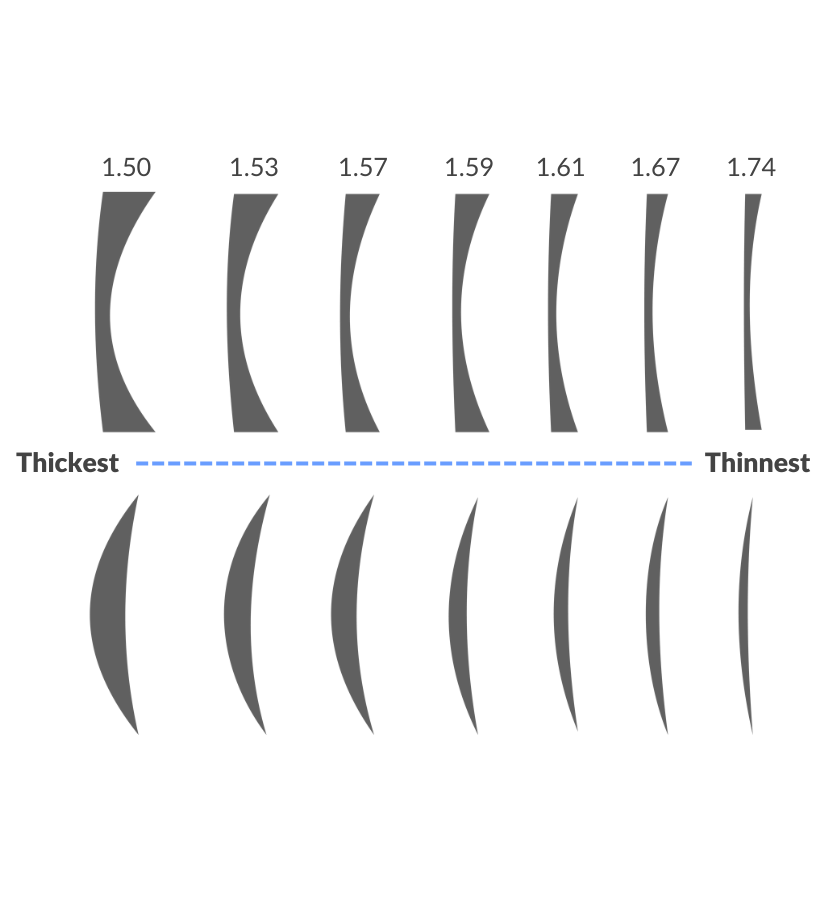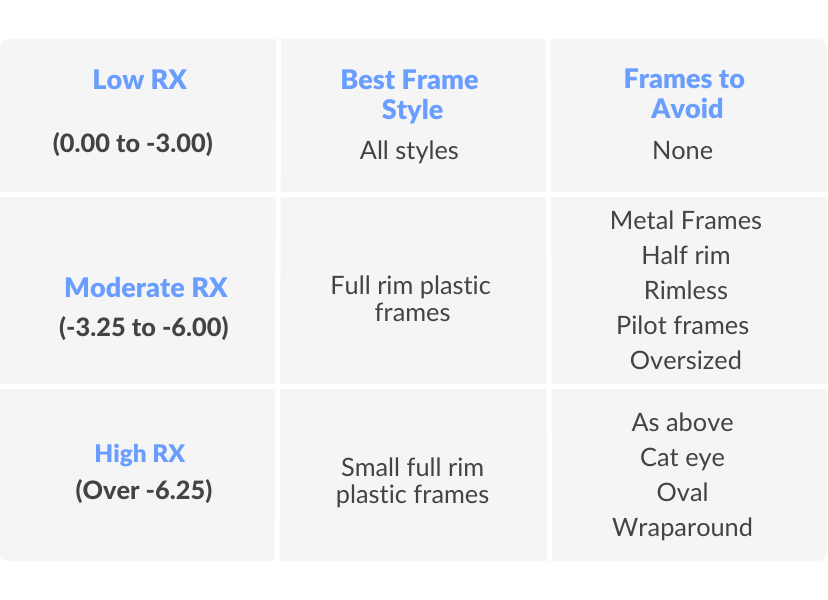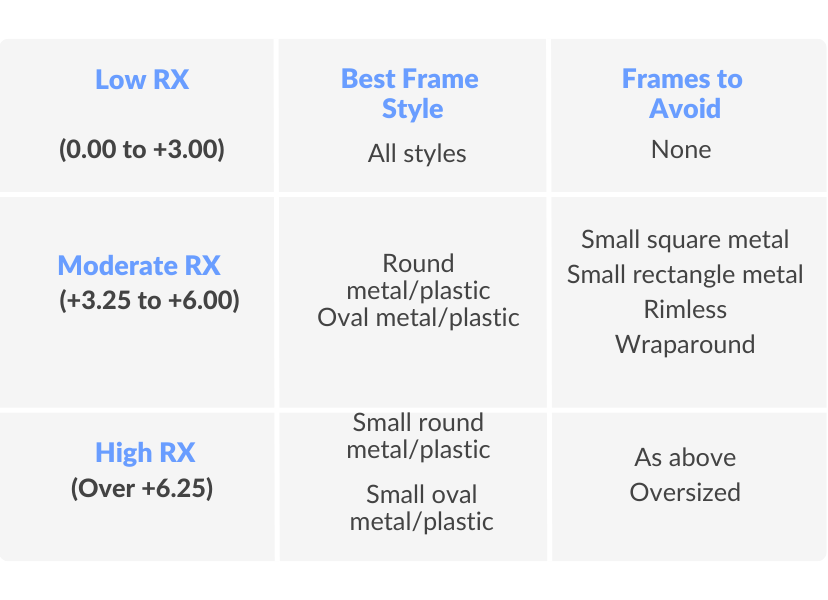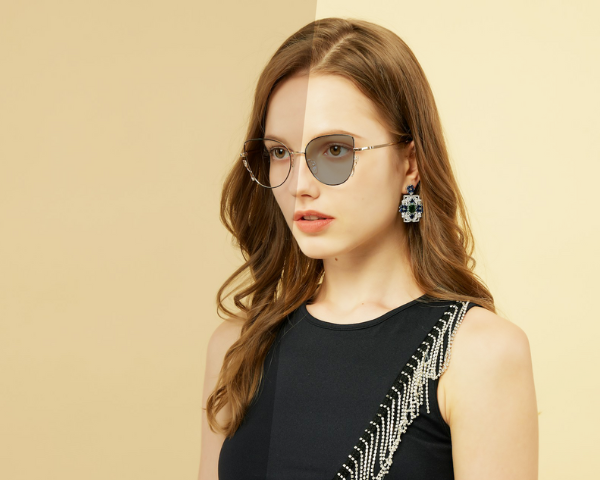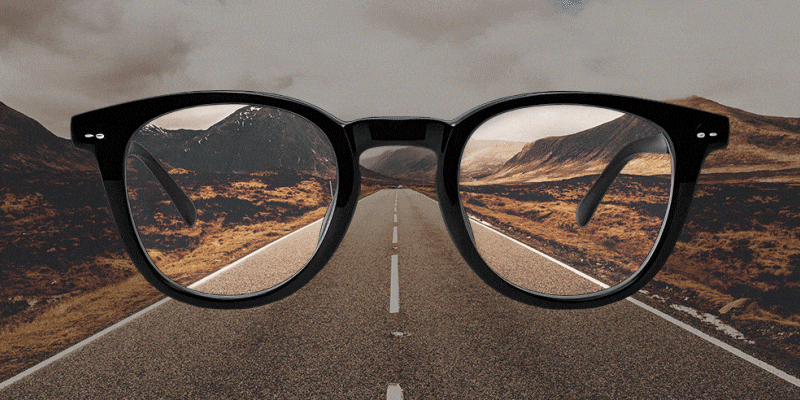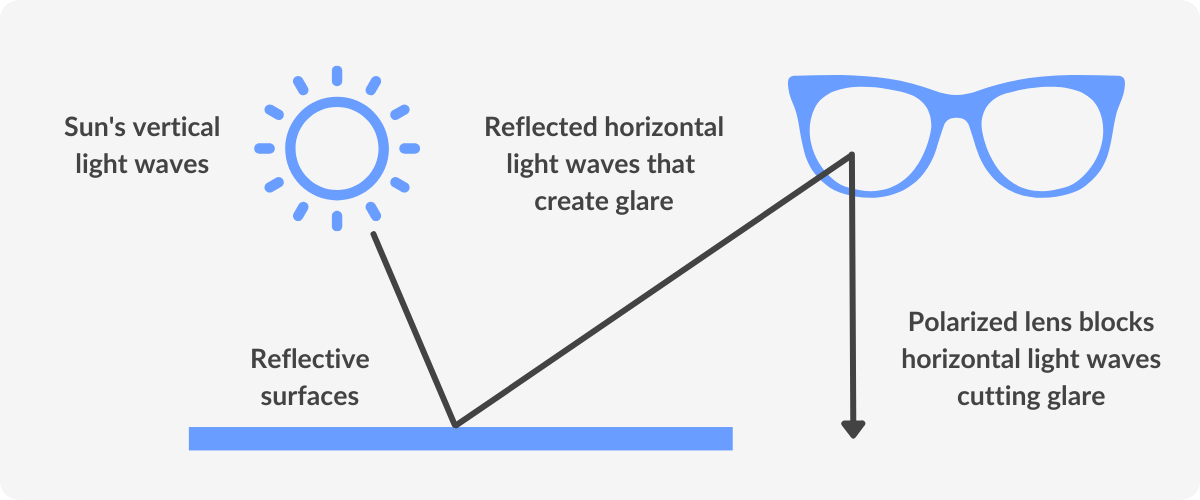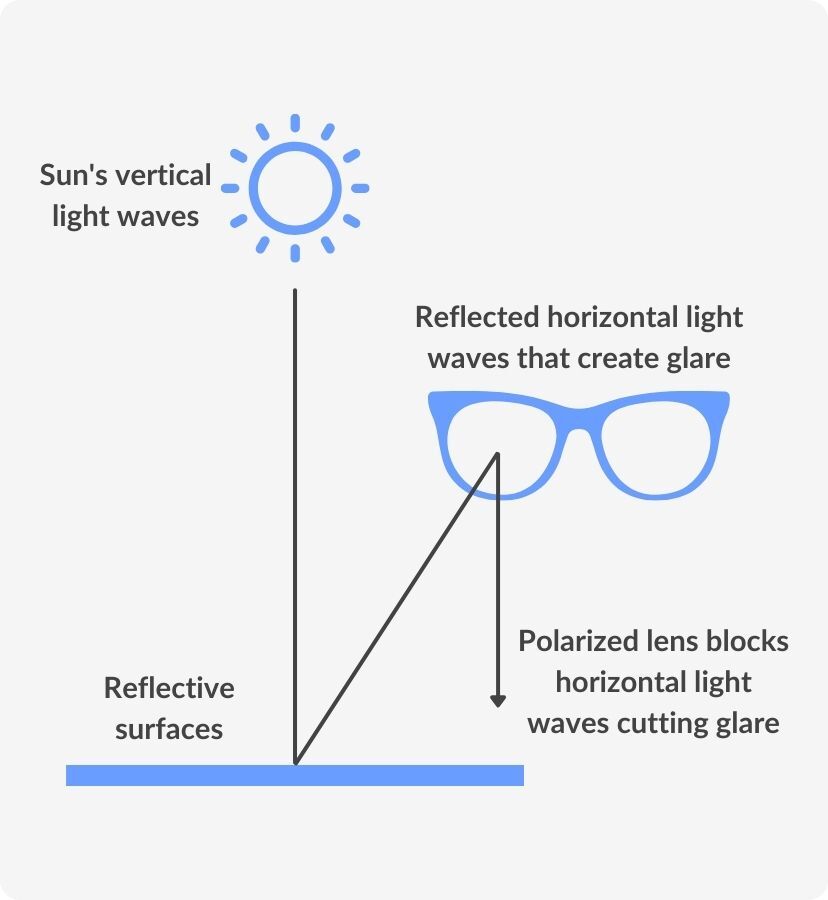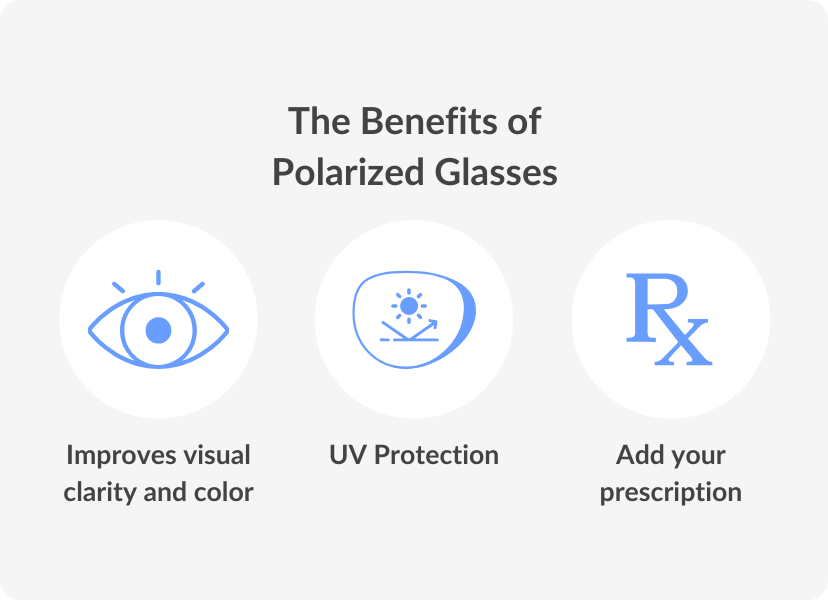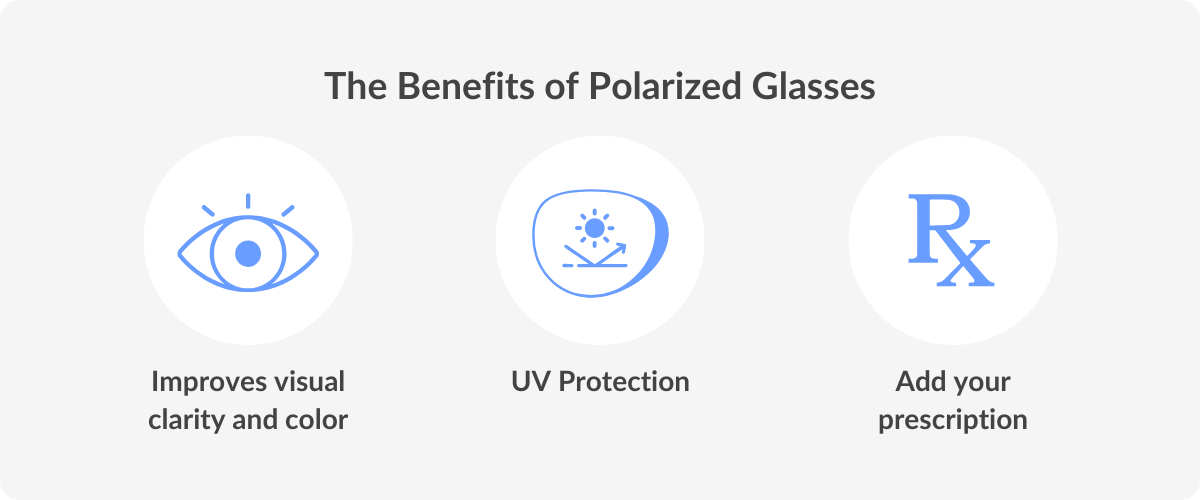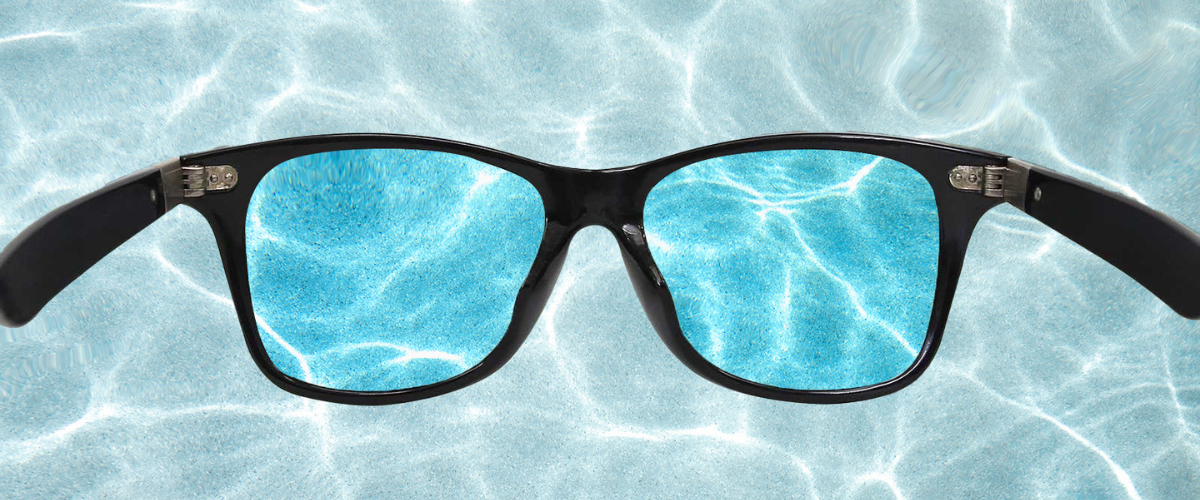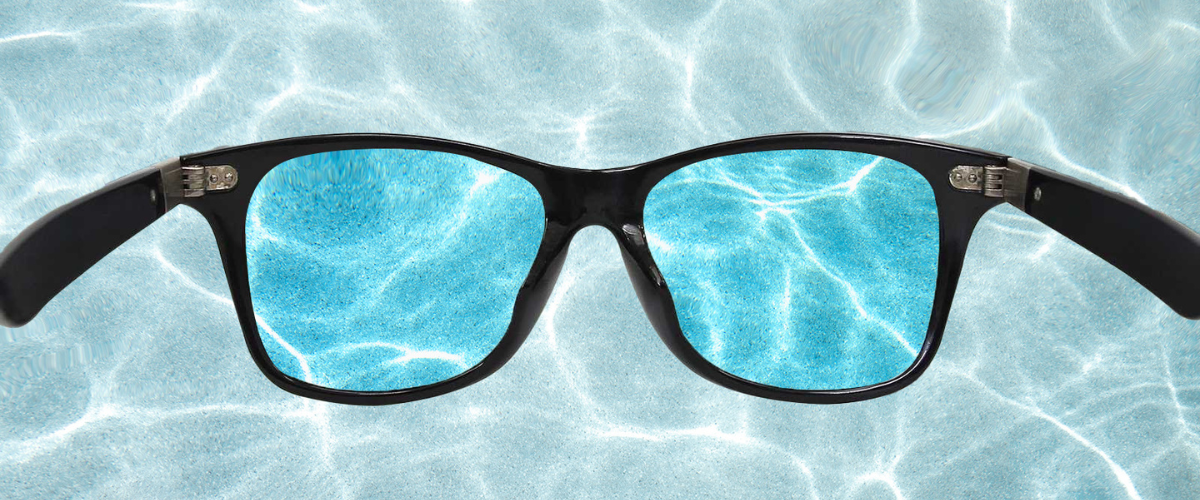Sunglass Lens Colour Guide
Does the colour of sunglass lenses matter? | Lens colour recommendation by weather | Lens colour recommendation by activity

Reviewed by
Sharlene McKeeman FBDO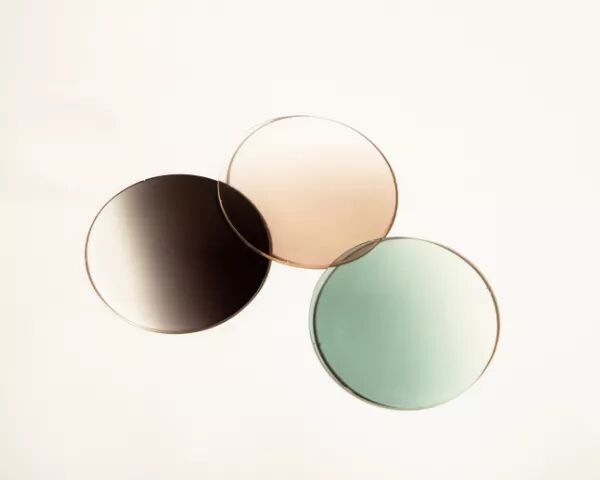
Depending on weather conditions or the activities that are part of your daily routine, the colour of your lenses can enhance the overall performance of your glasses. Most people choose lens colours based on aesthetics, but did you know that different lens colours serve different purposes?
In this article, we will guide you through the different colour options, explain the difference between each lens colour and help you understand how to choose the best one to suit your needs.
Does the colour of sunglass lens matter?
Yes, colour has a noticeable effect on the sunglasses. Depending on your lifestyle, lens colour also affects your eye health during certain activities. This makes it essential for you to find a suitable lens compatible with your daily activities and needs.
What about mirrored lenses?
Mirrored sunglasses are the perfect stylish option to protect your eyes against UV rays. The fully reflective coating used for the lenses gives the mirrored look everyone loves these days. Combined with polarised lenses, they offer maximum protection against UV rays and increase clarity. Both polarised and mirrored lenses, either separate or combined, come in different colours. Below, we will be listing the most popular colours and what is the advantage of choosing each lens colour.
Lens colour guide
Grey and black lenses are the best option if you’re looking for a neutral lens tint. These lenses are perfect for all weather conditions and are the top choice if you want to perceive colours in their purest form, even when wearing sunglasses.
Grey lenses are great at reducing the brightest glare and are perfect for outdoor activities and sports such as surfing, cycling, golfing and driving. If you’re looking for the everyday use type of tint, this is the one.
Amber and brown tints are extremely popular as they provide excellent depth perception. These lenses have a warm, reddish tone and are perfect for reducing glare, enhancing contrast, and helping maintain visual acuity. Amber and brown lens sunglasses are perfect for sunny days and outdoor activities such as fishing, shooting, tennis, or baseball.
Green Lenses are one of the trendiest when it comes to polarized or mirrored sunglasses. They are perfect for sunny days but also in low light conditions. Whether sunny, cloudy, or anything in between, green lenses will work amazingly well, giving you excellent vision and reducing glare.
Green lens sunglasses are one of the most popular ones for outdoor activities: no matter what sport you have on your agenda, these lenses will increase contrast and visual sharpness and enhance shadow.
Yellow lenses are more efficient in low-light environments like cloudy or rainy days. One of the benefits of using yellow lenses is that when playing sports, these lenses are great for focusing on moving objects. Another advantage is that when navigating, they are perfect in hazy or low-light conditions. Yellow lenses are also very popular amongst gamers as they filter blue light from computer screens and other screen devices.
Blue lenses are not only very trendy but also well-known for enhancing clarity and defining contours. These lenses improve colour perception and do wonders in low-light conditions. They’re suited well for all water sports, snow sports, and golf.
Red and pink tints increase contrast by blocking blue light and enhancing depth perception. They are also soothing for the eyes and more comfortable than others for longer wear times. Pink and red lenses perform their best on extremely sunny days and snowy conditions.
DID YOU KNOW?
Black lenses are perfect if you’re looking for a neutral lens tint while brown lenses provide excellent depth perception. Blue lenses are suited for all water sports. For rainy days, yellow lenses are a must!
Lens colour recommendation by weather
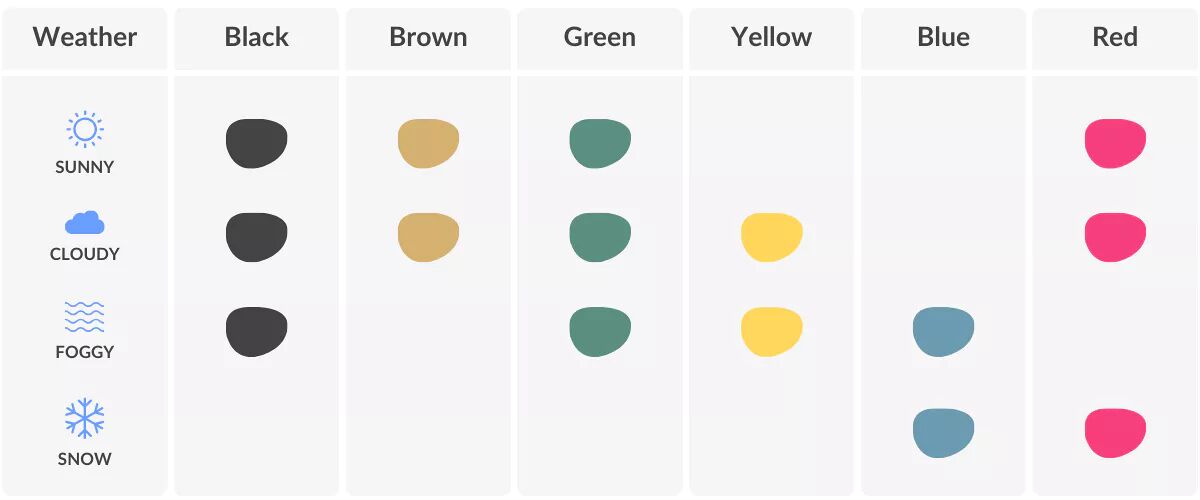
Lens colour recommendation by activity
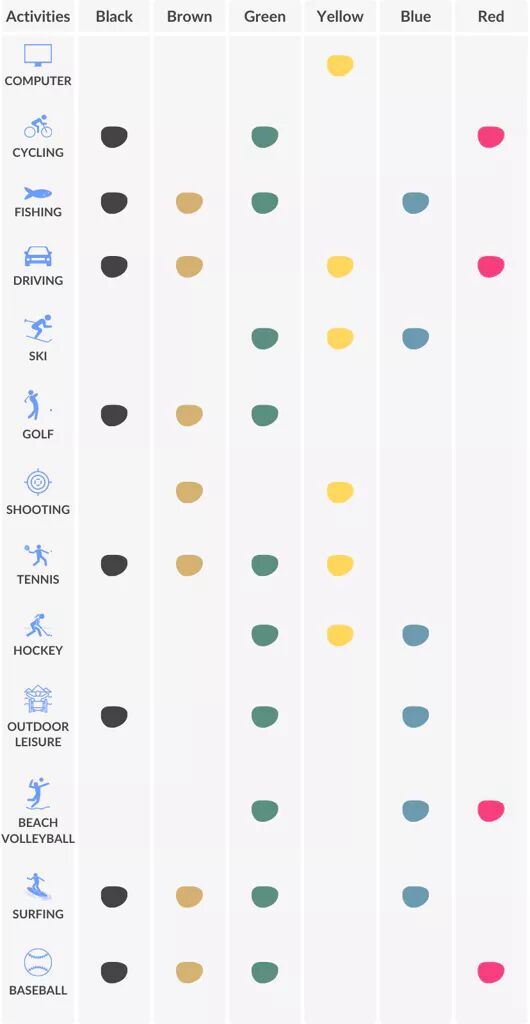
Benefits of lens colours and tint
Now that you’ve read the guide to coloured lenses for sunglasses, choosing the next pair won’t be so daunting. Whether you need the perfect pair for your winter sports or the bright sunlight of summer, you’ll have the right tinted sunglasses to suit all your vision needs.









































